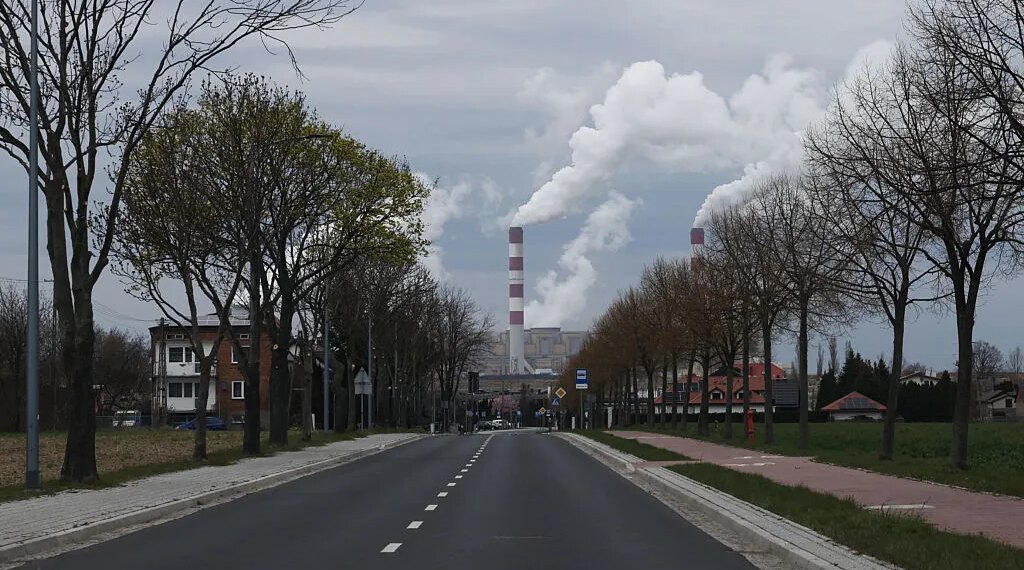
Global fossil fuel emissions are projected to reach a record high in 2025, according to new research published Wednesday by the Global Carbon Project.
The group published its 20th annual global carbon cycle trend analysis in the journal Earth System Science Data, along with a full-year emissions projection for 2025.
[time-brightcove not-tgx=”true”]
Global fossil fuel carbon emissions are expected to grow 1.1% in 2025, the report found, higher than the average growth rate of 0.8% per year over the last ten years.
To limit warming to the goals set out by the Paris Agreement, global emissions would need to have peaked by the end of this year. The projected increase is another reminder that the world still has a way to go to get on track.
“We have to have emissions of CO2 declining every single year over the next 20 to 30 years if we want to leave warming below two degrees,” says Pierre Friedlingstein, a professor at the University of Exeter who focuses on global carbon cycle modeling and led the study.
Read More: The World Is Failing Its 2025 Paris Agreement Target. Now What?
That is far from the case. The 2025 Global Carbon Budget projects 38.1 billion metric tons of CO2 emissions this year from using coal, oil, and gas to fuel society.
In the U.S., where President Donald Trump has rolled back a number of climate initiatives and committed to more oil and gas drilling, emissions are projected to grow by 1.9% this year. China is also expected to see emissions rise by 0.4%—that comes as the country’s emissions have been on the decline in recent years given heavy investments in renewable energy.
The report joins a chorus of warnings that the goal of limiting global warming to 1.5°C is likely out of reach. The U.N. predicts the planet will likely exceed this level of warming within the next decade. At the opening session of COP30 last Thursday, U.N. Secretary General António Guterres called the missed goal a “moral failure and deadly negligence,” noting that even a temporary overshoot would have “dramatic consequences. It could push ecosystems past catastrophic tipping points, expose billions to unliveable conditions and amplify threats to peace and security.”
Many parts of the world have been making inroads towards decarbonization. In the last decade, 35 countries succeeded in reducing their emissions while growing their economies—twice as many as the decade prior, the report found. In the past, it was largely the U.S. and European nations that were able to decarbonize, but the process is now becoming more widespread, with Thailand, Serbia, South Korea, and Jordan among the countries decarbonizing, says Friedlingstein.
“Some countries are moving in the right direction, but it’s not fast enough,” he notes.
The report also examined the impact of climate change on carbon sinks, like plants and the ocean, which help absorb carbon dioxide from the atmosphere. They found that climate change is reducing their storage capacity—and that 8% of the rise in atmospheric CO2 concentration since 1960 can be attributed to climate change weakening the land and ocean sinks.
Fossil fuel emissions have been going up by around one percent every single year over the last few years, says Friedlingstein. “And to limit warming to any climate target, 1.5 or 2 degrees, you have to bring emissions to zero.” While 1% might not seem like a major increase, any rise in emissions puts the world one step further from global goals.
The post Fossil Fuel CO2 Emissions Set to Hit Record High in 2025 appeared first on TIME.




